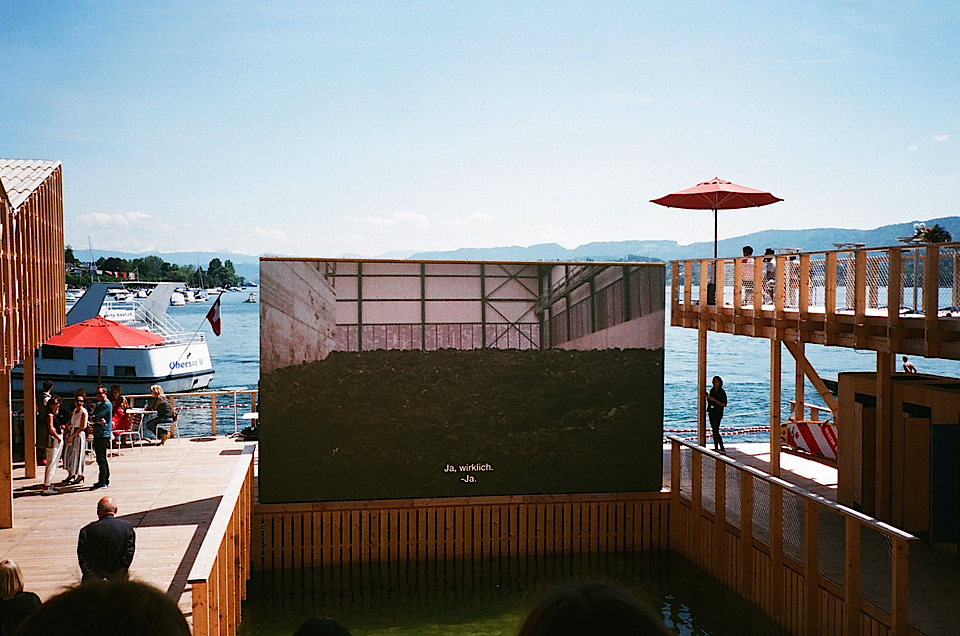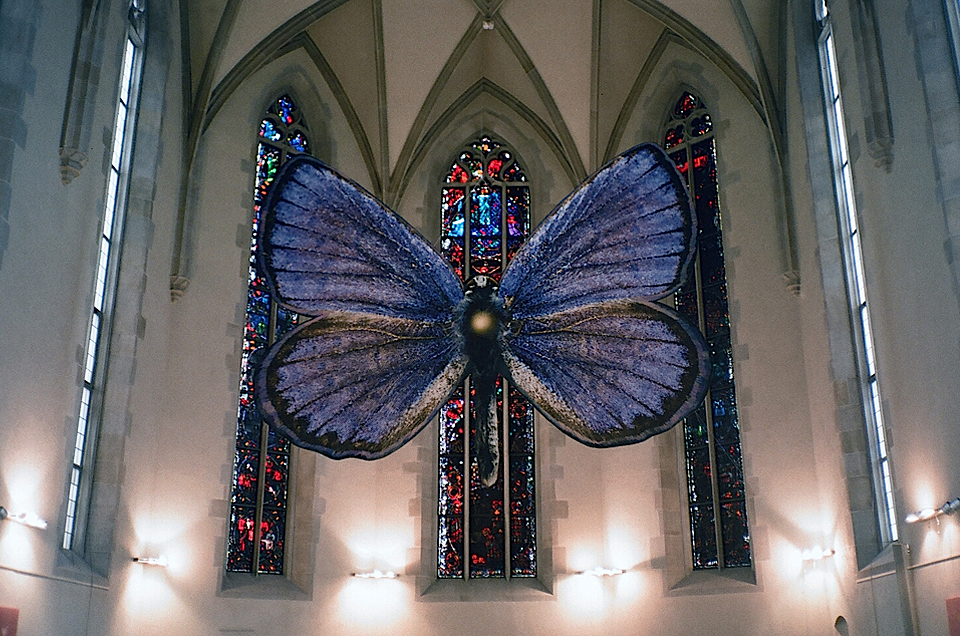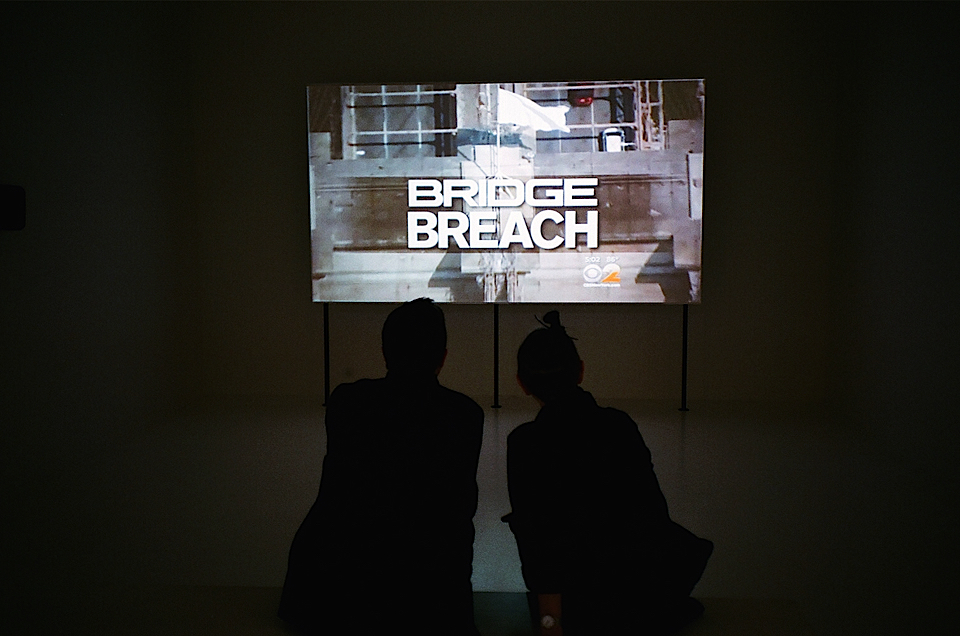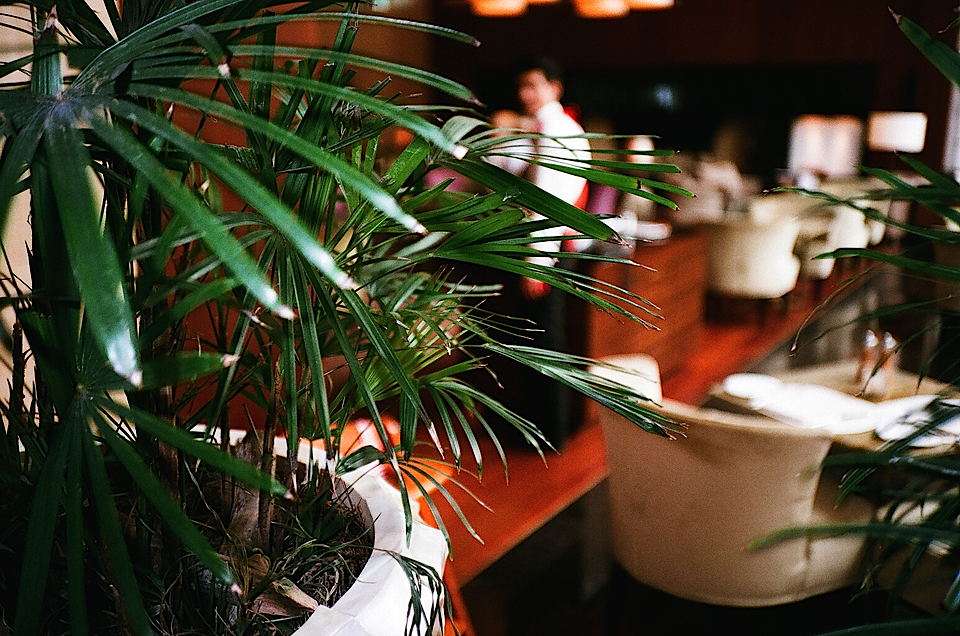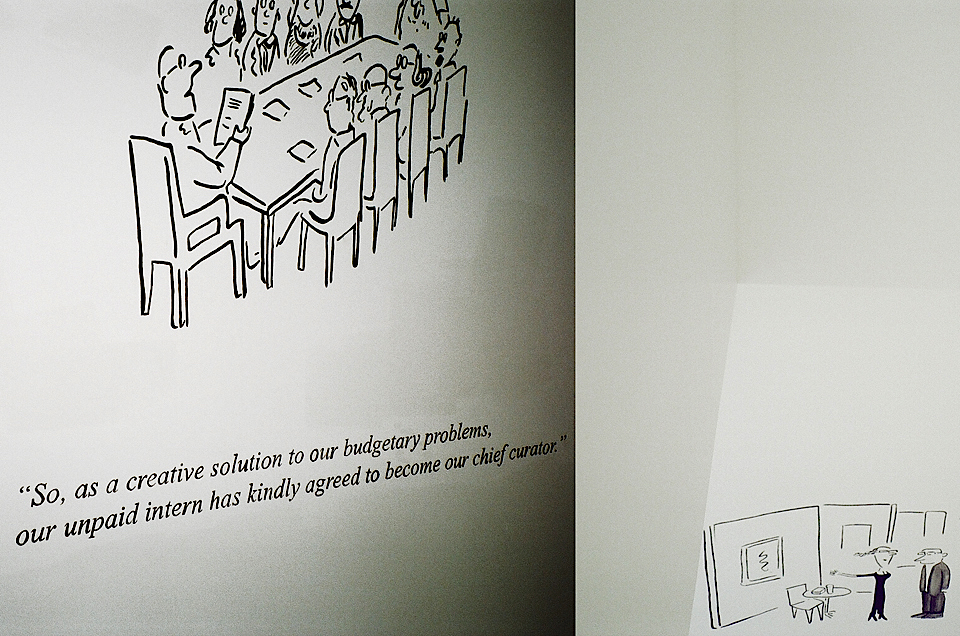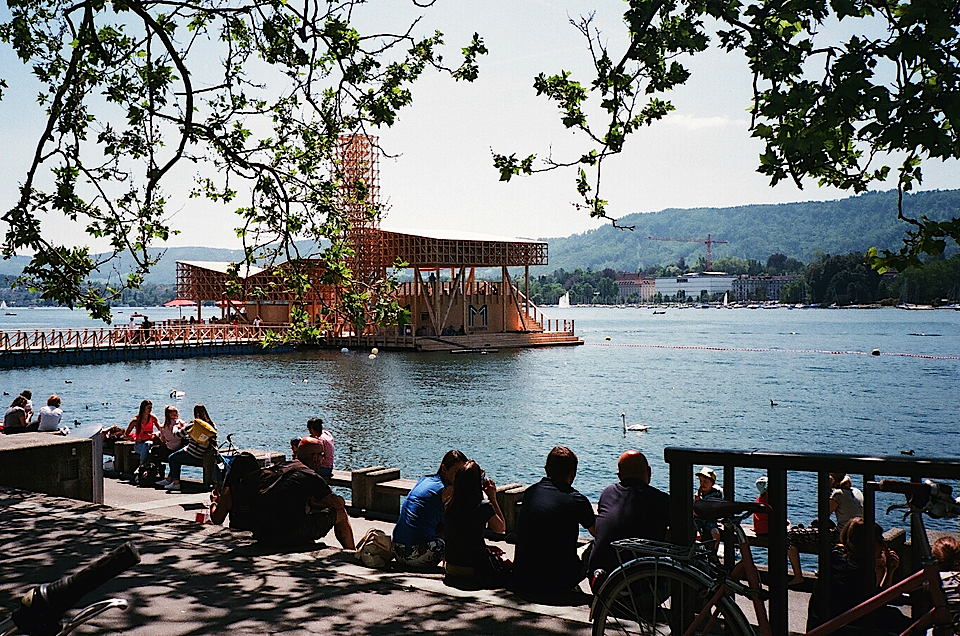COLLAGES
manifesta

Manifesta, the experimental contemporary arts biennial, migrates to a new location for each of its editions. It seeks to investigate the changing Europe, and as a nomad must always keep renewing its critical and curious approach. This year, for its 11th edition, it’s hosted in Zurich, Switzerland. The curator, artist Christian Jankowski, has titled the biennial ”What People Do For Money—Some Joint Ventures.”
The focus of attention for this biennial is ’work’. What does work mean to you? In spirit of his own artistic career, Jankowski has proposed 30 artists to team up with local representatives of different professions to form collaborative art pieces—joint ventures.
I think collaboration is a hard art. It can slow you down or lift you up, anyway it makes you do what you’d never do otherwise and that’s interesting. Located around the city in spaces like a dentist’s office the collaborations are the main attraction of Manifesta 11: Maurizio Cattelan makes an athlete glide on water in a wheelchair, John Arnold presents The Imbissy: fast-food versions of historical diplomatic state dinners served in various food stands around the city, Michel Houellebecq lets us examine his health—and the price it comes with—in cooperation with a doctor. I want to see it all.
’Excuse me sir, would you show me the way to the Hyatt?’ Manifesta opens up slowly, but it’s worth it to look for the joint ventures in satellite locations all around the city and their counterparts within the main venues; art institutions Löwenbräukunst and Helmhaus. Adding depth to the works are the fun and insightful documentaries made by high-school students about them, which are screened at the Pavillon of Reflections; a floating raft built in lake Zurich.
Walking around the financial district I finally find the Hyatt hosting Franz Erhard Walther’s piece. Hotel staff members are clad in orange art-workwear in the lobby. I can’t afford to stop here for cocktails, but stay and look at the art from afar. They notice, look back, smile and pose.
The show at the main venues is installed as if it were a construction site. The works of 130 artists are scattered around in themed rooms and have a lot of variety in style and texture. From classic August Sander photography it’s a walk up the stairs to an installation of human waste: a collaborative 80,000 kg piece made by the citizens of Zurich and artist Mike Bouchet. Walking around the installations, dust, dirt and fingerprints of art handlers are left visible.
A highlight of the biennial is the Zunfthaus Voltaire, the legendary Cabaret Voltaire—important in this year of the centenary of Dada—turned into an artists’ guild for the duration of Manifesta 11. To gain entrance you must collaboratively perform onstage. Having created your own joint venture, you’ve earned membership to the guild of artists. Exclusive entry is thus not reserved to the well-connected, but rather the weirdos and outsiders who show some courage. This makes me happy and it feels right at the original house of Dada. For the opening night, an act to remember was Austrian Gelitin, a group of artists coming together in styrofoam, plaster and sensations.
The clear water surrounding the pavilion feels soothing and I’m happy I’m here. Manifesta 11 wants to be inclusive and celebrate interdisciplinary acts. It wants to bring art to the urban context where it always should have been. I think it succeeds, my time got rich discovering the city.
Eeva Rönkä
manifesta.org
Eeva Rönkä is a freelance writer and designer living in Berlin.
eevaronka
